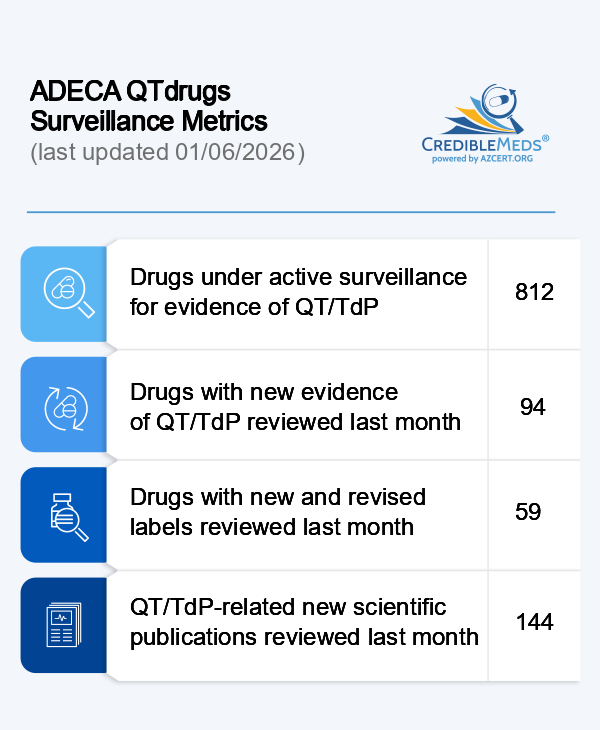Raymond L. Woosley, MD, PhD, Raymond David Woosley, MPH and C. William Heise, MD
A century ago, Drs. Bazett1 and Fridericia2 separately and simultaneously published their recommendations for how to correct the QT interval for differences in heart rate. Bazett recommended dividing the QT by the square root of the heart rate (measured as RR interval) and Fridericia recommended dividing QT by the cube root of RR. Before the advent of modern computers, the greater complexity of calculating the cube root resulted in the use of the Bazett formula and not Fridericia’s. Bazett’s formula became accepted and still today remains as the default used in many modern ECG systems.
Yet, today’s technology make it simple to perform cube root or even more complex calculations. Numerous scientific studies have shown that Bazett’s formula, is a mathematically inferior correction method and it results in misleading results by over-correcting QT at slow heart rates and under-correcting at rapid heart rates.3 The Fridericia formula has consistently been found to outperform Bazett and, for this reason, the FDA and EU’s EMA have recommended that the Fridericia formula be used in clinical drug development research.4 Other modern approaches use linear regression of QT-heart rate (QT-RR) data to develop formulae (e.g. Framingham) which are even more accurate than Fridericia for normalizing QT data.5
AZCERT has examined the effect of four different rate correction formulae on the clinical measurement of drug-induced changes in QT.6 Before and after a standardized infusion of the QT-prolonging drug ibutilide, RR-QT data were obtained from men and women at rest and during a graded exercise protocol. Both Bazett and Fridericia led to overestimates of QT increase but the Framingham and Hodges formulae did not alter the magnitude of ibutilide’s effect on QT. We concluded that rate correction of QT intervals using the Bazett and Fridericia formulas can introduce significant errors in the assessment of drug effects on the QT interval. This has implications for the clinical assessment of drugs and for the safety assessment of new drugs under development.
In summary, the Bazett formula has served its purpose for decades but now should be relegated to the dustbin of history. In clinical research, patient-specific QT correction methods are preferred7 and in clinical practice, the Fridericia formula or formulae based on linear regression analysis such as Framingham5 are best.
Reference List
- Bazett H. An analysis of the time relationship of electrocardiograms. Heart 1920;7:353-70.
- Fridericia LS. Die Systolendauer im elektrokardiogramm bei normalen menschen und bei herzkranken. Acta Med Scand 1920;53:489.
- Rosenblum AL, Dremonas AC, Stockholm SC, Biondi NL. A Retrospective Analysis of Hospital Electrocardiogram Auto-Populated QT Interval Calculation. Cureus 2020;12:e9317.
- Shah RR. Drugs, QTc Interval Prolongation and Final ICH E14 Guideline : An Important Milestone with Challenges Ahead. Drug Saf 2005;28:1009-28.
- Sagie A, Larson MG, Goldberg RJ, Bengtson JR, Levy D. An improved method for adjusting the QT interval for heart rate (the Framingham Heart Study). Am J Cardiol 1992;70:797-801.
- Indik JH, Pearson EC, Fried K, Woosley RL. Bazett and Fridericia QT correction formulas interfere with measurement of drug-induced changes in QT interval. Heart Rhythm 2006;3:1003-7.
- Malik M, Hnatkova K, Sisakova M, Schmidt G. Subject-specific heart rate dependency of electrocardiographic QT, PQ, and QRS intervals. J Electrocardiol 2008;41:491-7.











